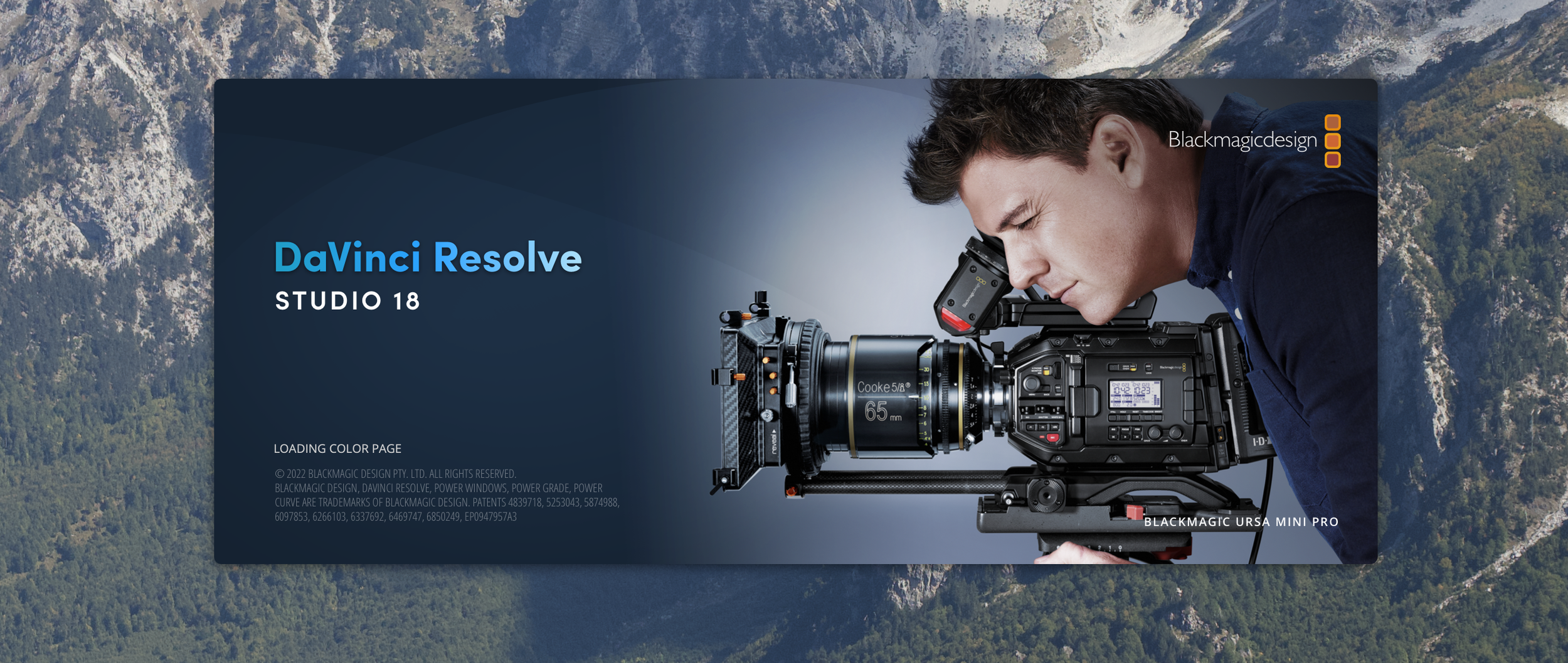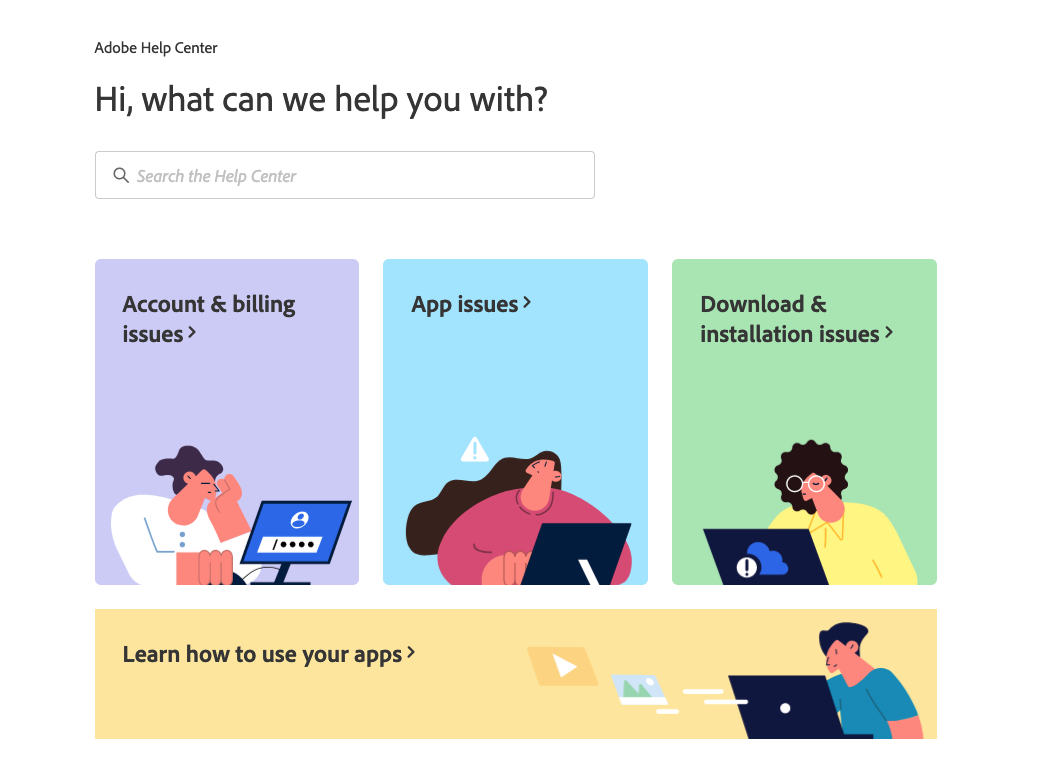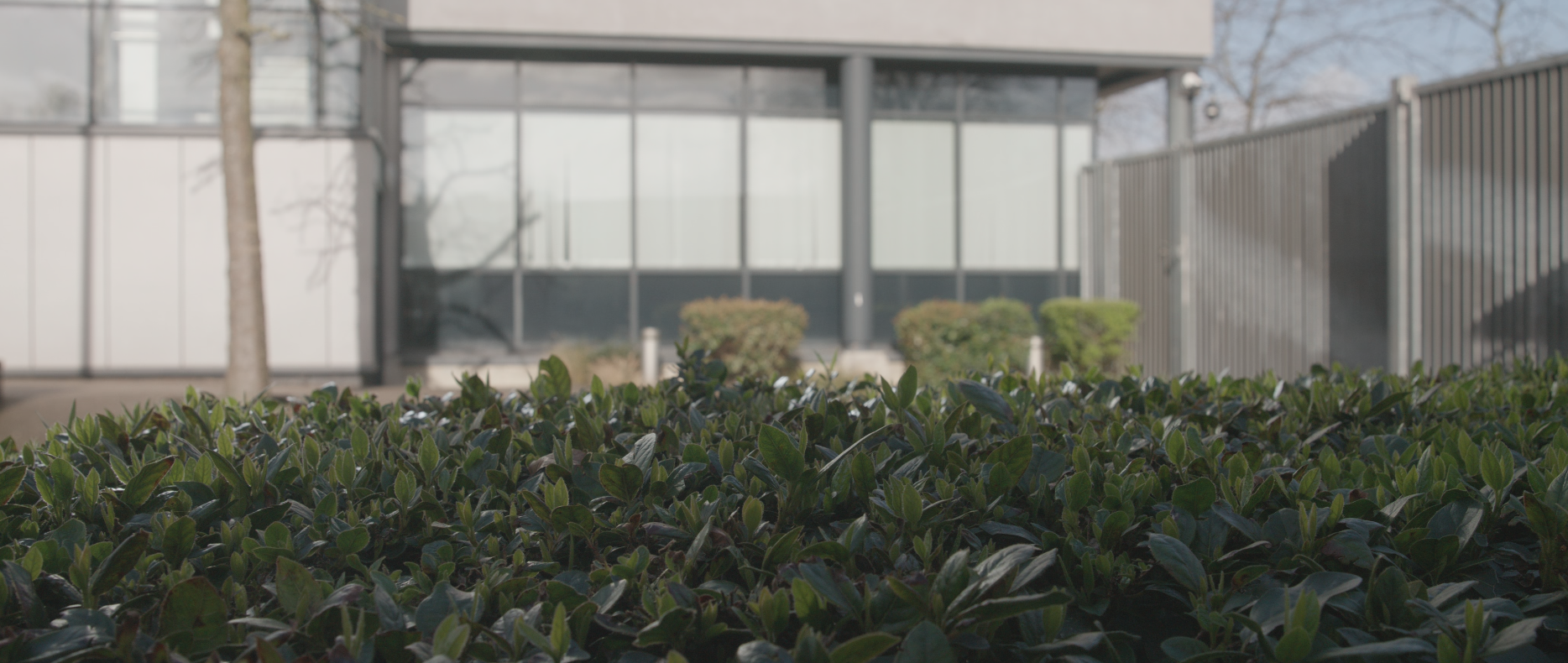Why I left Adobe Premiere for DaVinci Resolve
It’s the start of a new chapter
A few weeks ago, my patience with Adobe finally ran out. I’d been preparing for this moment for some time, but the moment of truth occurred right in the middle of a client project, one with a hard deadline that I was bound to by contract. Yes, fellow video editors, Adobe Premiere decided to introduce random glitches on my footage in a complex edit just before the deadline! Fortunately for me the stars were aligned and the client in question were behind on their internal deadlines (which meant I couldn’t meet mine) and it bought me some time. Breathing a sigh of relief, I instantly got on chat with Adobe support to rectify the issue. The problem was eventually resolved (pun absolutely intended) a few days later and I was able to keep my client happy, but I, however, was not. I’d decided that enough was enough and it was time to jump ship.
My problems with Premiere go far beyond this single project, but this had been a close call and I realised that next time I might not be so lucky. Whilst it’s fair to assume that any video project can realistically have technical issues (sensible editors allow some extra time for them and client changes anyway), however, one can only plan so much before the reliability of the software itself comes into question. When it’s threatening to damage your reputation that you’ve spent years establishing, you know that something needs to change. I had to force myself to use software that I’d been learning but was less familiar with (which is a big deal when you’re under time pressure) and learn how to do unfamiliar tasks quickly. A few months later and I’m wishing I’d made the switch years ago.
Here are 4 reasons why I ultimately left Premiere for Resolve:
Bugs, glorious bugs!
Here’s a nice colourful image of the kind of bugs we do like! It may help calm you (or maybe it’s me) down…
It is no secret within the editing community that Premiere can be prone to the odd glitch. Here are a few that plagued me over the years (some of which have still not been fixed):
The app refuses to open
Random crashes and undecipherable error codes
Glitches in the program monitor & on export
Sudden and extremely loud audio glitches on playback (that can deafen someone wearing headphones)
2 second delay when playing footage on the timeline
Markers on source footage mysteriously disappearing (there’s a special place in hell for this one!)
Autosave stops working for no reason
Scopes take an eternity to turn on
Captions not exporting
…need I say more?
2. Generally, Adobe’s customer service has been poor (although it has improved in recent months)
Improvements have been made to Adobe’s customer service, but it has taken a long time to get here.
To be fair, I haven’t needed to contact Blackmagic support yet, so I can’t make a fair comparison. But I have dealt with Adobe Customer support on several occasions. For many years it was abysmal - you couldn’t call anyone and the only way to get through on chat would mean pretending you were going to cancel your subscription. They did whatever they could to direct you to forums with sometimes condescending reps implying that users were stupid or saying that features ‘weren’t designed that way’ (even though they’re marketed that way). Or you would be directed to troubleshooting pages that were very basic and didn’t solve the problem in question.
Sometimes it was easier to complain to them on Twitter, where a friendly but unknowledgeable rep would apologise sincerely and put you in a never-ending queue to speak to someone from technical support. When you did finally get to speak with them you might have to explain your issue several times because they wouldn’t listen, often suggesting workarounds that you’d already said that you’d tried. Several hours or days later you’d realise the problem was still not solved and you’d either abandon the task or attempt to find your own workaround (often using competitor software). Considering the cost of subscription (see point 4 below), this really wasn’t great.
Fortunately, in recent months it has got a lot easier to get through to someone knowledgeable who can help. For the issue mentioned above, Adobe phoned me for the first time ever to help me rectify the problem. When we finally solved it, after working together to explore every possible cause, they offered me a month’s free subscription to compensate for the time spent. This is a HUGE improvement over previous years experiences. Unfortunately, considering the number of times they did not offer this, and the days wasted effectively working as an unpaid beta tester, I’m afraid it was too little too late.
3. DaVinci Resolve workflows & features make for a more efficient editing experience (once you’ve got your head around them)
I won’t pretend that I know every single Resolve feature inside and out yet. Nor will I say that there aren’t some annoyances or features that I wish it had. But I’ve been using it for long enough now to know that it is reliable AND it saves me time. I’m actually starting to enjoy editing again (woohoo)!
Firstly, having the separate pages for each part of the editing process in one program is so convenient. For most of the work I do, exporting out to external projects via XML is a pain! Being able to cut, grade, do a sound mix and add graphics without feeling like you’re limited to basic features at any stage is incredible. Features such as the take selector, sidechain compression and inbuilt noise reduction (in the studio version only, and which would normally be a pricey plugin) make the whole editing process overall far more efficient, and I’ve only touched the surface.
Being able to build up a library of assets using Power Bins that you can quickly access in all future projects has the potential to save editors a lot of time.
Secondly, the way that you organise and store your media in bins is much more intuitive. Powerbins allow you to organise media in such a way that you can save it to a library of assets for future projects as an easy reference, which is incredibly useful for when you work with clients repeatedly and need templates. Smart Bins are also quite advanced in terms of metadata, making it very easy to find unique bits of media for big projects (providing the information has been inputted correctly to begin with).
One of my favourite features of the Color page is being able to create vignettes and track them easily.
Being able to make any shape you like and adjust colours within them opens up your creative options.
Thirdly, the colour grading features are also significantly more advanced than Premiere too - the HSL qualifier, auto colour matching cameras using colour charts, vignettes that can be any shape or colour you want and using outside nodes to quickly edit the area outside of a shape…it saves so much time and makes for better grades. Mask tracking I’ve also found is much more accurate and I’m far more likely to use it now. Because of the node-based system, rather than layers, when you implement client changes it often doesn’t impact your work at all, or at times only minimally and it’s generally much easier to visualise where in the process you’re applying certain tools or effects. Having to redrag adjustment layers every time there’s a small change will be a thing of the past.
An example using the HSL qualifer for targeted colour adjustments. Starting with a slightly desaturated image…
…dragging it over the foliage to isolate it, increasing the saturation and adjusting the hue…
…makes for more vibrant greens without affecting the sky in the top right.
Lastly, it genuinely takes less time to encode proxy media and export files, even in high resolutions (machine dependent, of course). I knew there was something wrong with Premiere/Media Encoder when it was taking nearly half an hour to encode a 3-minute 4K video, when Resolve was doing it in about 5 minutes!
4. DaVinci Resolve is better bang for your buck
Blackmagic Design often throw in their Speed Editor with a purchase of the Studio version of Resolve.
I know a lot of people find the cost of a Creative Cloud subscription expensive. Over £50 a month for the latter is a significant expense, however for professional users I don’t personally think this is excessive, especially when comparing it with other overheads one might have when running a business. On paper it is exceptional value. However, in practice there are 2 major flaws:
Very few individuals would be talented enough to actually do great work on all of the Creative Cloud apps offered in the package.
The subscription model is only good value when the apps work as they’re supposed to, benefiting from regular updates. The problem is in Premiere’s case, it doesn’t. Updates often break projects, forcing you to revert to previous versions.
Although I’ve only been using Resolve for a few months professionally (and have spent considerably more than that getting to know it) I can count on one hand how many times the program has crashed or created glitches in my work. I’m not saying it won’t happen in future, but at the rate I’m going it’s a world away from the common scenario of Premiere crashing 5 times a day, even in the most straightforward projects.
When you look at how much Resolve costs (free for the basic version and £255 for Studio) it is outstanding value. Sometimes Blackmagic even throw in their Speed Editor hardware for this price too. I’ve also been told that their other hardware, although pricey, is excellent, such as their Micro Panel. This hardware and the studio version could be saving you time and money over a Creative Cloud subscription in just a couple of years (and with fewer bugs!).
The challenges of switching
Although I’ve overcome the biggest hurdle of starting in a new program for client work, some of Adobe’s other apps will be hard to let go. After Effects for instance, which I’ve spent a long time learning and actually really like! But over time I will learn Fusion (the only page in Resolve I have yet to touch). What’s puzzled me about Adobe’s reliability is that After Effects has been almost completely trouble free for me over the years compared with Premiere. I just don’t understand how they can get one piece of software right and not another, when the two overlap in so many ways.
After Effects is still a really great piece of software that can be relied upon.
Another challenge is revisiting old client projects that need updating. I either have the option of subscribing to Premiere ad hoc on a monthly plan (which works out much dearer in the long run than paying annually) or going through all my old projects and exporting XMLs for them to be imported into Resolve. Considering the number of projects I’ve worked on over the years, the first option is a lot more appealing! And the number of times this may realistically happen will mean I’ll still probably end up saving money compared with an annual subscription anyway.
The last challenge - and one that I can’t possibly ignore - is which software the wider industry (i.e., potential clients/employers) are using for their work. A lot of people use Premiere, so jumping ship isn’t an option that’s been taken lightly. However, I personally know quite a few people who have already made or are considering the same decision. If enough of us leave, then perhaps Adobe will sit up and listen.
What’s more, muscle memory plays such a big part in video editing that I think it will be a while before I forget how to use Premiere. An advantage of Resolve is that you can customise your shortcuts; you can use the same ones as Premiere, so it feels similar when you first start. Neat! And of course, an upside of Adobe’s subscription model is that I can rent it for a month or two if I needed to refamiliarise myself with it or use it for a specific job where I have no choice but to return.
The bottom line: customers need to be listened to
It’s unfortunate that it came to this. When I first started using Premiere after coming from Final Cut Pro 7, it really was a breath of fresh air. Not having to render every transition to play back, being able to edit (supposedly) any video format, an easy-to-understand interface that was customisable and Dynamic Link which SHOULD have changed editing workflows for the better. But times have changed, and I think I speak for a lot of Premiere users by saying that it feels like Adobe have been taking professional video users for granted for far too long. Perhaps if they started reprioritising reliability over new features, then I’m sure I and many others would reconsider it as a serious NLE.
Regardless of the business any of us may be in, we must ultimately listen to our customers and do our best to meet their needs, otherwise they won’t come back. And the longer that Adobe aren’t doing that, the more they simply play into Blackmagic Design’s hands.
Thanks for reading.
Other posts that may interest you:
Looking for some inspiration? These are 5 editing techniques that I use to spice up my sequences.
Considering making a video? Make sure you know what information to include in your brief.












